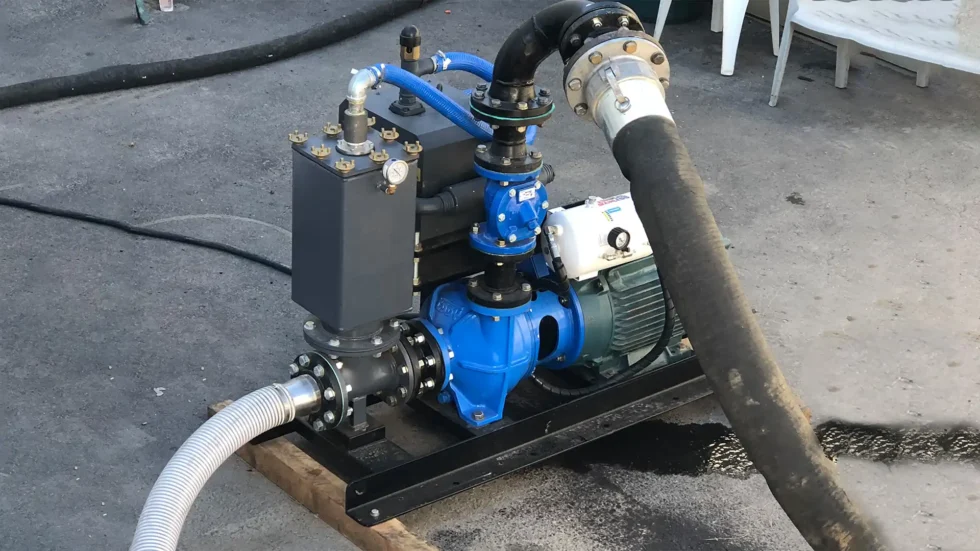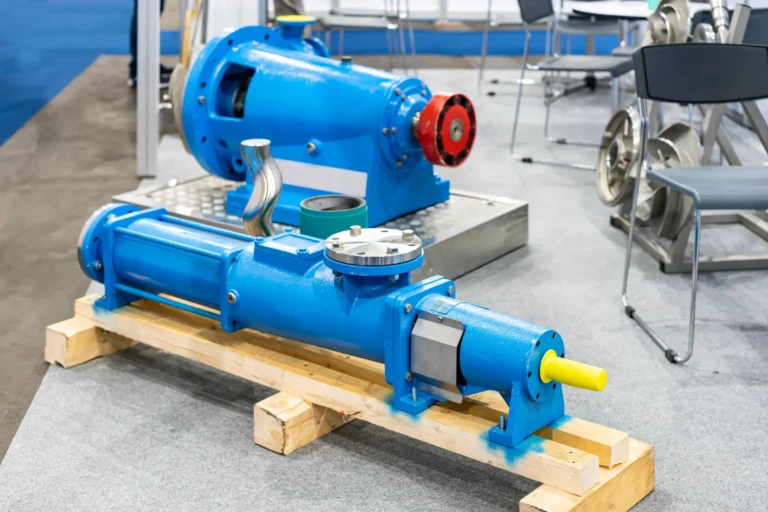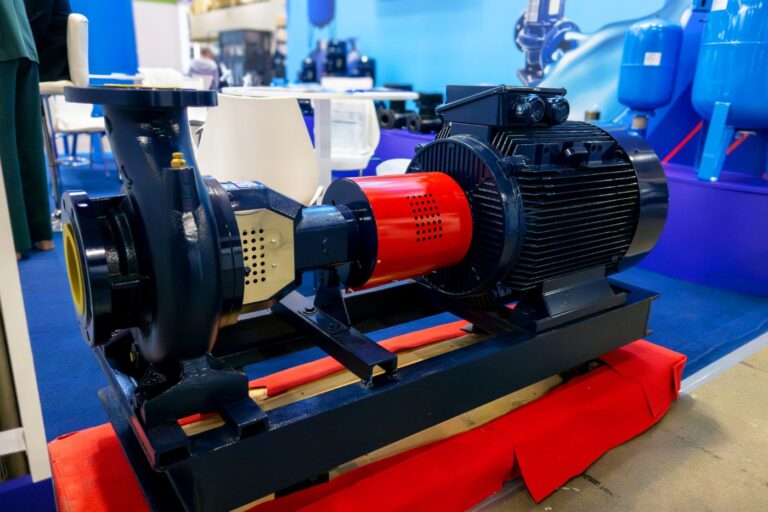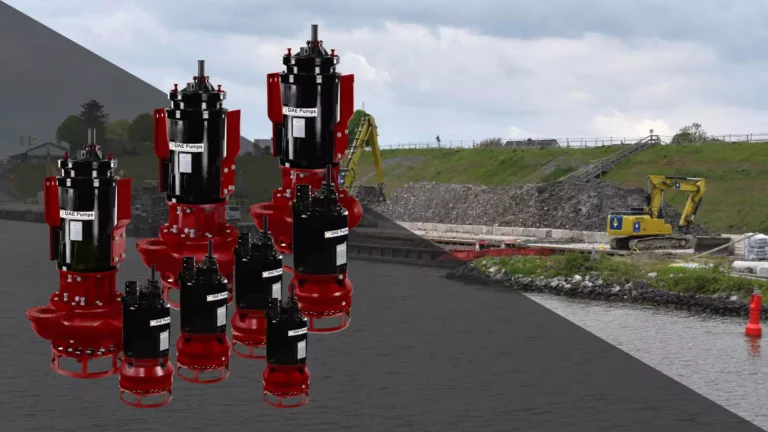In large-scale industries such as mining, oil and gas, dredging, and municipal infrastructure, the reliability of a high head pump directly influences project outcomes. These systems are designed to move fluids across long distances or against significant elevation changes, making them indispensable in critical operations ranging from mine dewatering to municipal water distribution. When a high head pump underperforms due to cavitation or unexpected pressure drops, the consequences extend beyond lost efficiency. Equipment damage, safety risks, and costly downtime can disrupt entire operations.
Cavitation in a high head pump occurs when vapor bubbles form and collapse violently inside the system, damaging impellers and reducing performance. Similarly, pressure drops compromise the ability of the pump to deliver the required flow rate, straining both the equipment and the project schedule. These issues are not just mechanical failures; they directly affect safety compliance, energy consumption, and overall return on investment.
This article explores the root causes of cavitation and pressure loss in high head pump systems and provides practical troubleshooting strategies. By understanding these issues in detail, decision-makers can protect assets, extend equipment life, and ensure projects stay on time and within budget.
Understanding High Head Pumps
A high head pump is engineered to generate significantly greater discharge pressure than standard centrifugal pumps, making it essential in operations where fluids must travel long distances or be lifted vertically against gravity. Unlike pumps designed for low-pressure transfer, a high head water pump maintains consistent performance under demanding conditions, ensuring reliable delivery in both industrial and municipal applications.
The difference between a high head water pump and a high head dredge pump lies in their design focus and operating environments. While a high head water pump is commonly used for municipal water supply, irrigation, or industrial fluid handling, a dredge pump is built to move abrasive slurries, sediments, and solids-laden water in mining and dredging projects. The latter incorporates heavy-duty materials and robust impeller designs to withstand harsh, particle-rich conditions without rapid wear.
These distinctions matter because system design, pump material selection, and operational parameters must align with the specific project environment. For example, a high head dredge pump is crucial in mining pits or coastal restoration where both vertical lift and abrasive resistance are required. Conversely, a water pump is vital for ensuring continuous water flow in municipal networks or industrial cooling systems.
Environments where a high head pump proves critical include deep mine dewatering, long-distance slurry transport, offshore dredging projects, and municipal water treatment plants. In each case, whether using a high head water pump or a dredge pump, the ability to maintain pressure under challenging conditions ensures operational continuity and efficiency.
What is Cavitation and Why It Matters
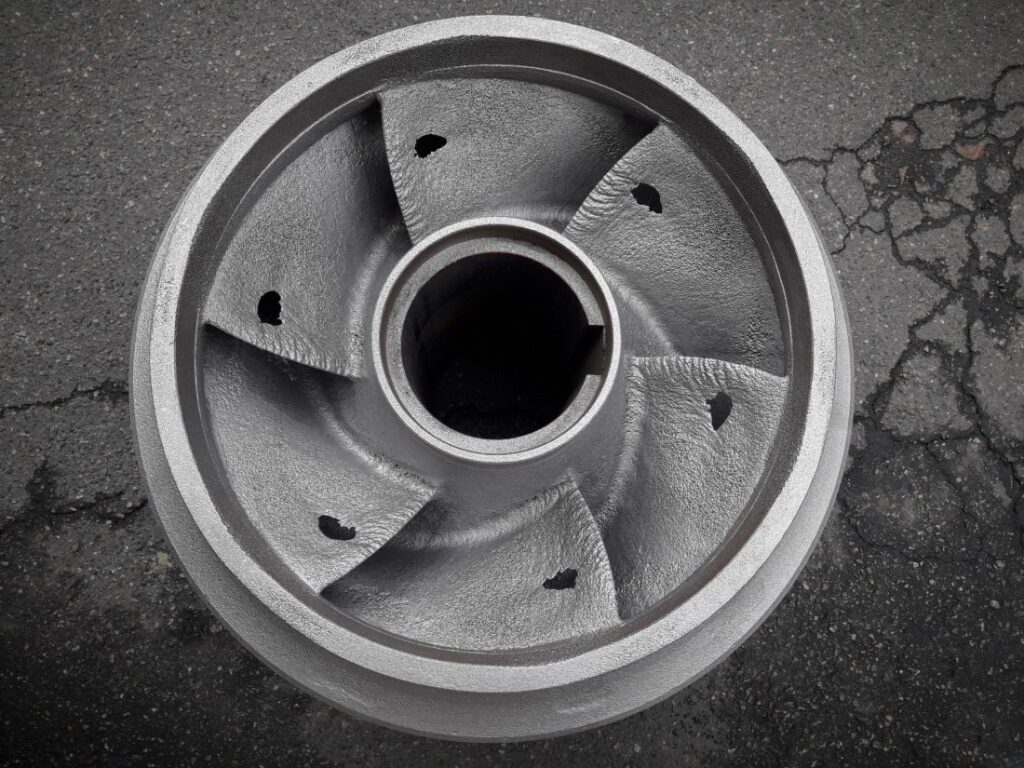
Cavitation occurs when the pressure inside a pump falls below the vapor pressure of the liquid being handled, causing vapor bubbles to form. As these bubbles travel into higher pressure regions of the pump, they collapse violently, releasing shockwaves against metal surfaces. In a high head pump, where pressure changes are extreme, this effect is amplified, making cavitation one of the most damaging operational issues.
Compared to standard pumps, a high head pump operates with higher discharge pressures and often longer suction lifts. This pressure differential makes the pump more vulnerable to cavitation if suction conditions are not carefully managed. For example, in a high head water pump supplying municipal systems, inadequate suction pressure can cause vapor bubbles to form near the impeller eye, resulting in rapid wear. Similarly, a high head dredge pump moving abrasive slurry can experience cavitation that accelerates material erosion, compromising both performance and lifespan.
The consequences of cavitation are significant. Impeller blades may become pitted and eroded, efficiency drops sharply, and flow becomes unstable. In some cases, a cavitating high head pump can experience catastrophic failure, requiring costly downtime and urgent repairs. These failures are not limited to physical damage; cavitation also increases energy consumption, disrupts project schedules, and reduces the overall return on investment. Whether it is a high head water pump in municipal operations or a high head dredge pump in a mining project, the risks of cavitation demand close monitoring and proactive management.
Main Causes of Cavitation in High Head Pump Systems
Several technical factors can trigger cavitation in a high head pump, and understanding them is essential for troubleshooting and prevention:
- Insufficient Net Positive Suction Head (NPSH): The most common cause, when suction pressure falls below the vapor pressure of the liquid. A water pump operating with inadequate NPSH is at immediate risk of cavitation.
- High Velocity or Turbulence at Pump Suction: Poor hydraulic conditions increase velocity and reduce pressure, leading to vapor bubble formation. This is especially problematic in dredging systems where a high head dredge pump handles dense mixtures.
- Poor Suction Line Design: Sharp bends, undersized suction lines, collapsed hoses, or blockages create localized low-pressure zones. These design flaws place unnecessary stress on a high head pump and reduce its operational efficiency.
- Elevated Fluid Temperature and Vapor Pressure: Warmer liquids are more prone to vaporize, increasing the likelihood of cavitation. This affects both a high head water pump in power plant cooling circuits and a dredge pump working in shallow, heated environments.
- Operating Pump Outside Its Design Curve: Running a high head pump at off-design flow rates causes instability that encourages cavitation. In mining or dredging, a high head dredge pump operating below its best efficiency point can quickly experience suction issues.
A single factor rarely causes cavitation but often results from a combination of system design, operating conditions, and fluid characteristics. For both high-head water pump installations and high-head dredge pump operations, monitoring suction conditions and ensuring correct pump selection is the first line of defense.
Detecting Symptoms of Cavitation Early
Identifying cavitation at an early stage is critical to preventing long-term damage in a high head pump. Operators should be aware of key warning signs that indicate vapor bubbles are forming and collapsing within the system.
One of the most common indicators is excessive vibration accompanied by unusual noises, often described as a “marbles in the pump” sound. In both a high-head water pump and a high-head dredge pump, this distinct rattling occurs when vapor bubbles collapse against metal surfaces. Another important signal is pressure gauge instability. If a high head pump shows fluctuations or a noticeable drop in discharge head, it is often a sign that suction conditions are compromised.
Reduced flow rate and efficiency also point toward cavitation. A water pump that suddenly delivers less volume despite operating at the same power level may be experiencing vapor formation inside the casing. Similarly, a dredge pump moving slurry may lose consistency and throughput, putting additional stress on the system.
In more advanced stages, visual inspection may reveal pitting or erosion on the impeller blades or casing. At this point, the cavitation in a high head pump has already caused physical damage, often requiring immediate intervention. Detecting these signs early allows operators to act before minor cavitation issues escalate into costly downtime or equipment failure.
Troubleshooting Cavitation in High Head Pump Systems
When cavitation occurs in a high head pump, a systematic troubleshooting approach ensures problems are identified and corrected efficiently:
- Check suction and discharge filters for blockages: Clogged filters restrict flow and create low-pressure zones. A high head water pump with obstructed filters can quickly experience cavitation.
- Inspect suction piping, hose integrity, and reservoir levels: Collapsed hoses, leaks, or inadequate fluid levels are common contributors. For example, a high head dredge pump drawing slurry from shallow reservoirs is particularly vulnerable.
- Measure fluid temperature and compare against vapor pressure limits: Hotter fluids vaporize more easily, increasing cavitation risk. Whether in a water pump handling heated process water or a dredge pump working in warm conditions, temperature monitoring is essential.
- Evaluate NPSH available vs. NPSH required: If the available suction head is lower than the required NPSH, cavitation is almost inevitable. Properly matching NPSH values is vital for any high head pump installation.
- Verify operation near the Best Efficiency Point (BEP): Pumps running off-curve face unstable hydraulics, encouraging cavitation. A high head dredge pump pushed beyond its intended duty point, for instance, can suffer a rapid decline in performance.
By following this structured approach, operators ensure the high head pump continues to deliver optimal pressure and flow while minimizing the risks of long-term damage.
Causes of Pressure Drop in High Head Pumps
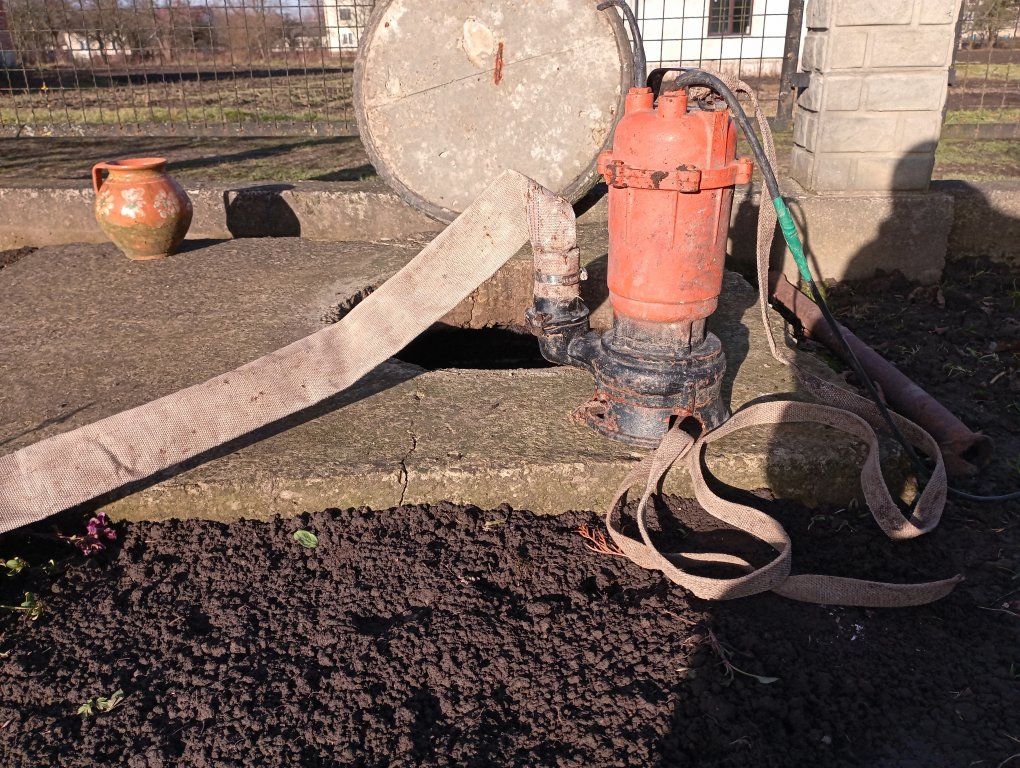
A pressure drop in a high head pump is often an early sign of mechanical or hydraulic issues that require immediate attention. When pressure falls below expected levels, system efficiency decreases, and the pump’s ability to meet project requirements is compromised.
One of the most common causes is impeller wear and erosion. Over time, abrasive particles in the pumped fluid can degrade impeller surfaces, reducing the pump’s ability to generate pressure. In a water pump, this may occur due to sediment in municipal or industrial systems, while a dredge pump is particularly vulnerable when handling slurry or solids-rich mixtures.
Blockages in pipes, filters, or impeller passages also contribute to pressure loss. A partially obstructed suction line restricts flow and reduces available pressure, forcing the pump to work harder with less output. Similarly, leaks in seals, joints, or piping allow pressurized fluid to escape, lowering discharge head and efficiency.
Incorrect pump sizing or misaligned impellers further reduce output. A high head pump operating outside its intended duty point cannot sustain the pressure needed for long-distance transport. Additionally, cavitation-related suction issues, where low inlet pressure leads to vapor bubble formation, exacerbate pressure loss. Finally, internal clearances worn out over time diminish hydraulic efficiency, especially in older high-head water pump and high-head dredge pump systems.
Understanding these causes helps operators and engineers pinpoint the root of pressure loss before it escalates into full system failure.
Cavitation Due to Pressure Drop: The Critical Link
Cavitation and pressure drop are often interconnected challenges in a high head pump system. When suction or discharge lines experience a sudden pressure reduction, the liquid pressure can fall below its vapor pressure, initiating vapor bubble formation. These bubbles travel into regions of higher pressure in the pump and collapse violently, producing shockwaves that damage components.
The cycle typically follows a predictable pattern: low suction head reduces inlet pressure → vapor bubbles form → bubbles collapse as they encounter higher-pressure zones → the result is erosion, noise, vibration, and eventual pump damage. In both a water pump and a dredge pump, this destructive cycle shortens equipment life and reduces reliability.
These issues are most common in demanding applications where system design pushes equipment to its limits. Long pipelines with high friction losses, deep suction lifts where NPSH is insufficient, and dredging projects involving dense slurries all create conditions for cavitation linked to pressure drop. A high head dredge pump working in abrasive slurry transport may experience this more frequently. In contrast, a high head water pump in municipal systems can suffer from similar effects if suction conditions are inadequate.
By recognizing the connection between pressure loss and cavitation, engineers and project managers can implement corrective actions before irreversible damage occurs, ensuring that the high head pump continues to operate at optimal performance levels.
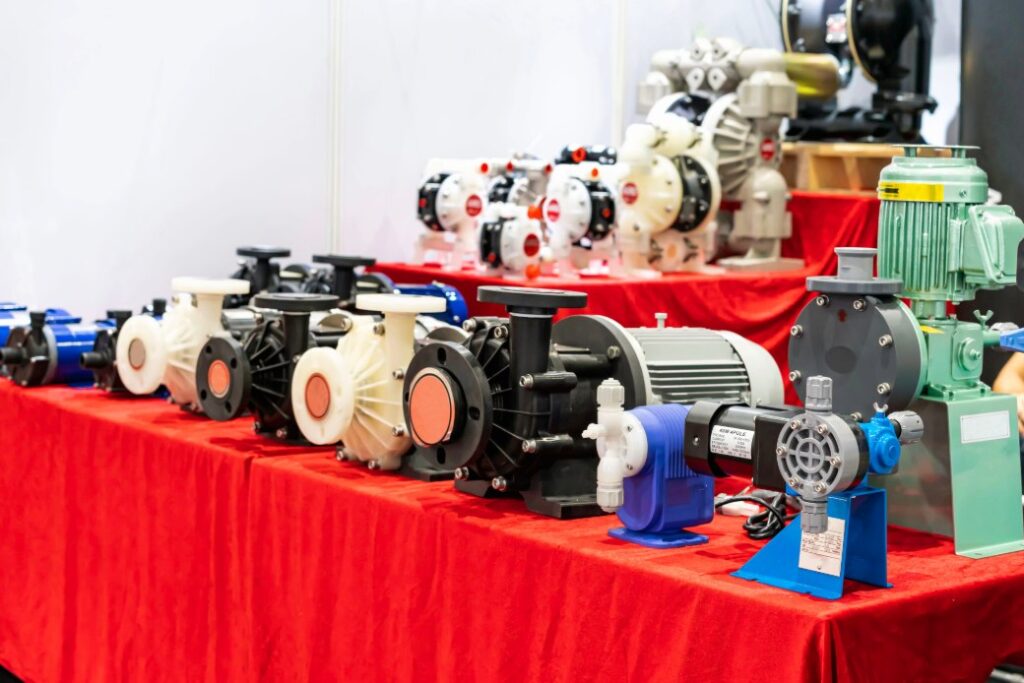
Prevention and Best Practices for Operators and Buyers
Preventing cavitation and pressure-related failures in a high head pump begins with proper planning and disciplined operational practices. For procurement heads, engineering managers, and project contractors, adopting best practices ensures equipment reliability, long-term efficiency, and stronger return on investment.
One of the most critical steps is ensuring correct pump sizing for the intended application. A high head water pump selected without accounting for flow rate, suction conditions, and system head requirements is more likely to underperform or suffer premature damage. Likewise, a high head dredge pump must be specified with consideration for slurry density, solids content, and pipeline length to prevent overload and avoid cavitation risks.
Maintaining stable suction conditions is equally important. Adequate reservoir levels, properly sized suction piping, and elimination of restrictive bends ensure smooth fluid entry into the high head pump. Inadequate suction head or poorly designed piping can quickly trigger cavitation, particularly in systems where a water pump must sustain continuous flow or a dredge pump is operating under variable slurry loads.
Routine inspection and predictive maintenance form another key line of defense. Regularly checking impellers, seals, and internal clearances helps detect early signs of wear before they compromise performance. For a high head dredge pump, abrasive materials accelerate erosion, making proactive inspections vital. Similarly, a water pump used in municipal or industrial supply networks benefits from predictive monitoring that reduces unplanned downtime.
Integrating advanced monitoring tools strengthens operational control. Vibration sensors, pressure gauges, and flow meters provide real-time data that allows operators to detect cavitation or pressure drops before they escalate. These tools are particularly valuable in environments where a high head pump is running near capacity, such as long-distance transport pipelines or high-pressure dredging operations.
Finally, partnering with trusted suppliers ensures not only access to the right equipment but also expert consultation, reliable after-sales support, and readily available spare parts. By working with specialists who understand the demands of both high-head water pumps and high-head dredge pumps applications, buyers can safeguard performance and extend the working life of their investment.
Final Thoughts
Addressing issues like cavitation and pressure drops in pumps is crucial for maintaining operational efficiency and avoiding costly repairs. When these issues are detected early and properly managed, operators can significantly reduce downtime, ensuring that projects remain on schedule and within budget.
Taking a proactive approach to maintenance and troubleshooting not only prevents system failures but also helps to extend the life of equipment. Well-maintained pumps deliver consistent performance, optimize energy consumption, and reduce the need for frequent repairs, leading to substantial cost savings in the long term.For projects that demand reliable, high-performing equipment under challenging conditions, Pump and Dredge Solutions provides pumps designed for durability and efficiency. Our range of pumps is specifically engineered to meet the needs of demanding industrial, municipal, and government projects, offering unmatched reliability and support throughout their lifecycle.

